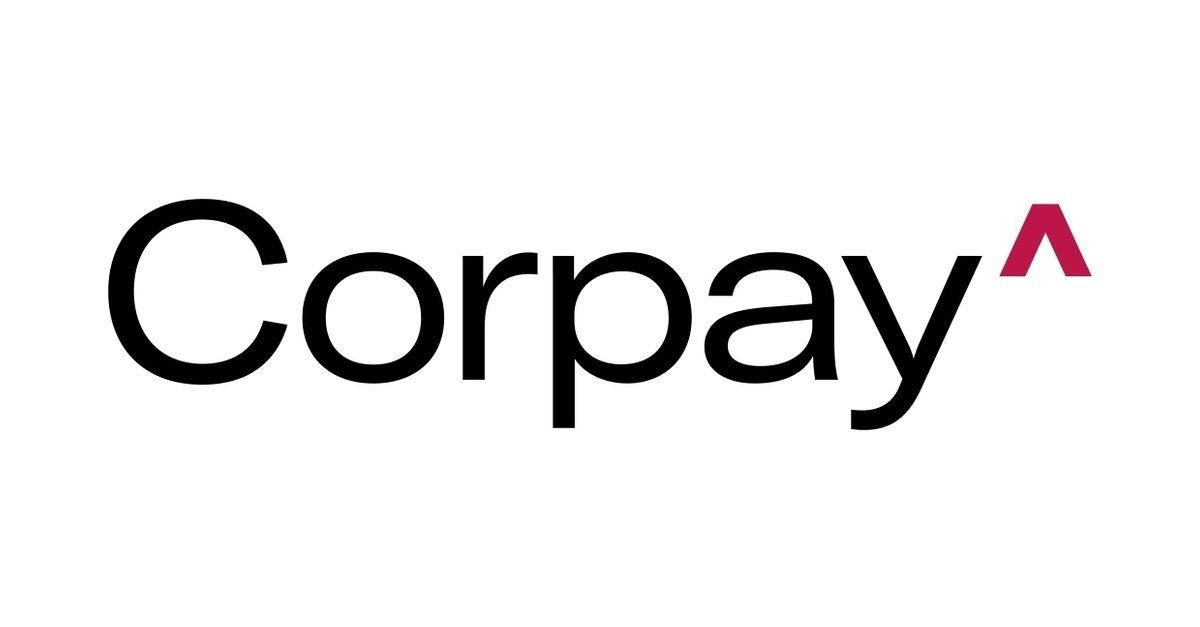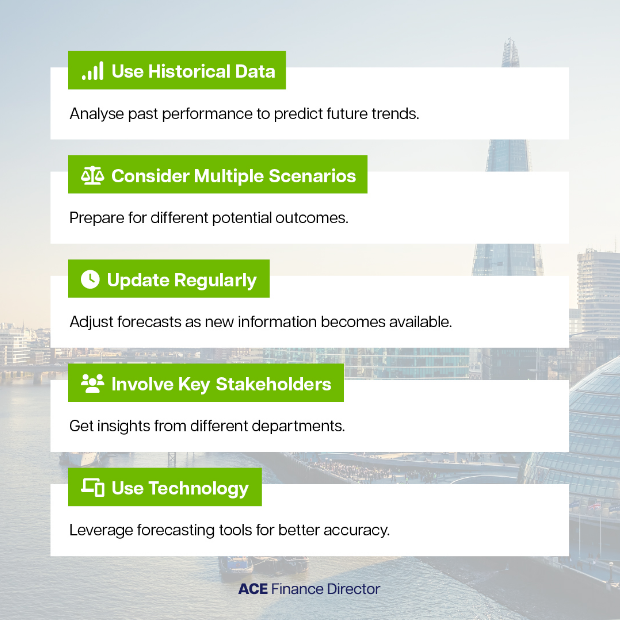Best Practice Solutions for Accounts Payable Inefficiencies
Best Practice Solutions for Accounts Payable Inefficiencies

According to the Aberdeen Group, in the case of best-in-class industry performers (the top 20 per cent), it takes 4.1 days to process an invoice from receipt through to approval at an average cost of $3.34 per invoice. This compares to worst in-class performance (the bottom 30 percent), where invoice processing and approval increases to 16.3 days at an average cost of $16.67 per invoice. Furthermore, best-in class performers typically have a 90 per cent capture rate for any early payment discounts, compared to an 18 per cent capture rate for the worst performers. This wide variation in performance clearly highlights the inefficiencies that exist within the accounts payable (AP) function of many organizations. Why does it take one company four times as long, at four times the cost, to do the same thing? What are the bottlenecks? Where are the key opportunities to apply best practice solutions? Here is some perspective to help consider these important questions.
The traditional ‘back office’
The traditional AP process is a manual, paper-based, ‘back-office’ function that works, but is outdated and inefficient. Original paper and/or electronic invoices are received from reviewed for purchase order matching, discrepancies, and exceptions. Invoice data is then physically entered into an accounting system, coded to the general ledger, and routed for approval or discrepancy resolution prior to disbursement of funds. Subsequently, the accounting system is leveraged for monthly, quarterly, and annual reporting. This traditional manual workflow and approvals process is both labour-intensive and time consuming. It often means that invoices are sitting on people’s desks waiting to be processed. In addition to the extra time and human resource cost, paper-based processes are prone to data entry errors, duplicate payments, and late payments.
Drivers of evolution
The practical reality is that traditional back office processes and infrastructure no longer provide adequate responsiveness to evolving business, management, and shareholder demands. Organizations are looking for methods to optimize cost and efficiency, especially where technology innovations have created opportunities for centralization of back-office functions to achieve process efficiencies, cost reductions and timely, accurate payments. This search for optimization of back-office processes is made even more important by increasingly technical AP processes and workflow due to changes to financial standards, tax obligations, and more rigorous compliance and reporting requirements. Further, multinational organizations and local companies with both domestic and international suppliers, and payroll, are subject to payment fulfilment challenges and foreign exchange risk when they transact payments with foreign banks in different currencies. With these increasing complexities of doing business, it is vital that companies assess best practice solutions to meet them.
Step 1: Automation of the AP process
Automation of traditional paper-based processes is one component of the best practices solution to achieve AP workflow efficiencies. Paper invoices can be digitized to enable invoice data to be automatically populated into a custom web-based workflow system that is designed to integrate with the organization’s existing accounts payable system and processes. The intent of this overlay approach is to preserve the value of investments in existing accounting systems and mitigate cost, risk, and implementation challenges. It also ensures the retention of existing interfaces and reporting capabilities. Once invoices have been digitized, the custom web-based workflow system can provide for efficient invoice routing and approval from a mobile device or PC, coupled with purchase order verification, exception management, and resolution with appropriate internal controls.
Step 2: Evaluate best practice process controls
Importantly, automation initiatives need to consider best practice accounts payable processes and controls. Key goals of automation are to improve quality, visibility, timeliness, and overall efficiency of the process. It should also support and enhance financial and senior management decision making. However, automation of an existing, potentially flawed or broken process will only incrementally improve efficiency, if not lead to further inefficiencies. Accordingly, it is critical for companies to examine and possibly re-engineer their existing AP process to ensure appropriate internal and management controls are in place to comply with relevant standards. Alternatively, organizations can outsource this function to a trusted service provider with the ability to scale their service to client needs. Leading providers will have invested in developing best practice processes that comply with industry standards and which are enabled by proven AP automation technology. In the outsourcing scenario, however, it is crucial that unique business rules and policies are documented in advance. Providers must also have the capability to document and enforce internal control procedures for financial transactions, so as to be consistent with applicable financial standards and comply with regulatory and audit requirements.
Step 3: Leverage payment fulfillment platform
Invoices approved for payment from a web-based workflow system can subsequently be integrated with an electronic payment fulfillment platform for optimized funds disbursement. Leading service providers have proven best-practice vendor enablement processes to automate electronic payments and provide for secure and flexible remittance options, including electronic funds transfer (EFT) and prioritized card payments. This reflects a global shift away from paper cheques in favour of electronic payments. The prioritization of card-based payments also provides an opportunity to convert the AP function into a profit centre (via the creation of a revenue stream from card-based incentives).
How automated electronic payments work
The organization’s accounts payable system can generate a single payment file (in TXT, CSV, or XML format) which is subsequently uploaded to an electronic payments platform. The most efficient upload approach is via an automated Secure File Transfer Protocol (SFTP). Typically, you can enable this functionality from your Enterprise Resource Management (ERP) system. Payment files (including beneficiary and payment information) can be periodically dropped into a secure folder and automatically uploaded for supplier validation and custom remittance in accordance with set criteria.
A reconciliation file can also be generated to describe funding amounts and the exchange rate for foreign currencies for each payment. Consolidated funding transactions are initiated via an EFT debit, which can subsequently be reconciled against the AP sub-ledger.
Enhanced straight through processing
Another key determinant in selecting an outsourced provider is the ability to deliver a scalable solution that adheres to existing organizational workflow processes and policies while respecting any limitations of existing accounting systems. Equally important to the technology capability is the service provider’s accounting expertise and ability to maintain the integrity of your database, accompanied by 24/7 customer and compliance support to address any issues that may arise.
Conclusion
For the AP function, ‘best practices’ reflects the ability to process invoices for approval and electronic payment in short time periods. Electronic payment fulfillment incorporates secure file transfer capability, with supplier validation and custom remittance options. This level of sophisticated automation is achievable with a clear commitment to accounting expertise, operational excellence, and technology innovation. Organizations should target a best-fit solution that leverages existing accounting systems and back-office infrastructure, while enabling continuous process improvement and compliance. Outsourced technology providers should be able to offer a fully integrated and scalable technology platform, coupled with personalized support.









